Do you have a question about the Pentair KEYSTONE EPI-2 and is the answer not in the manual?
Describes the actuator's intended applications and limitations.
Covers repair work, static electricity, and general safety precautions.
Pentair's liability exclusions for improper use or installation.
Describes IP/NEMA ratings and label markings for protection.
Details ATEX/FM certifications and hazardous area warnings.
Lists hazard zone categories from applicable standards.
Manufacturer information as per directive requirements.
Basic description of the EPI-2 actuator.
Explains the internal workings of the EPI-2 actuator.
Describes control commands for actuator operation.
Instructions for operating the actuator using the handwheel.
Lists available optional modules and their possible combinations.
Explains how to interpret the options label on the actuator.
Procedures for inspecting the unit upon delivery.
Guidelines for proper storage of the actuator.
Checks to perform before installing the actuator onto the valve.
Specifies environmental temperature limits for actuator operation.
Describes the mechanism for coupling the actuator to the valve.
Critical notes on ambient temp, surface temp, and screw requirements.
How to use the handwheel for manual valve operation.
Safety precautions for lifting and tool usage during installation.
Circuit breaker and accessory requirements for plant safety.
Warnings and important notes for safe cable connections.
Important notes on cable glands and physical separation.
Precautions specific to explosionproof enclosures.
Lubrication requirements and inspection guidelines.
How to access the control unit for configuration.
Warnings and important notes for configuration procedures.
Details the default factory settings for the actuator.
Information on configuration tools and parameter setting notes.
Warnings and requirements for setting stroke limits.
Warnings regarding authorization for torque setting.
Warning about using Bluetooth for remote configuration.
Safety precautions for monitor relay hardware configuration.
Procedures for keeping the actuator in optimal working condition.
Procedures for addressing actuator failures or malfunctions.
Guide to diagnosing and resolving common actuator problems.
Guidelines for environmentally sound disposal and recycling.
Warnings about re-use and local disposal regulations.
Important information for ordering replacement parts.
Describes the actuator's intended applications and limitations.
Covers repair work, static electricity, and general safety precautions.
Pentair's liability exclusions for improper use or installation.
Describes IP/NEMA ratings and label markings for protection.
Details ATEX/FM certifications and hazardous area warnings.
Lists hazard zone categories from applicable standards.
Manufacturer information as per directive requirements.
Basic description of the EPI-2 actuator.
Explains the internal workings of the EPI-2 actuator.
Describes control commands for actuator operation.
Instructions for operating the actuator using the handwheel.
Lists available optional modules and their possible combinations.
Explains how to interpret the options label on the actuator.
Procedures for inspecting the unit upon delivery.
Guidelines for proper storage of the actuator.
Checks to perform before installing the actuator onto the valve.
Specifies environmental temperature limits for actuator operation.
Describes the mechanism for coupling the actuator to the valve.
Critical notes on ambient temp, surface temp, and screw requirements.
How to use the handwheel for manual valve operation.
Safety precautions for lifting and tool usage during installation.
Circuit breaker and accessory requirements for plant safety.
Warnings and important notes for safe cable connections.
Important notes on cable glands and physical separation.
Precautions specific to explosionproof enclosures.
Lubrication requirements and inspection guidelines.
How to access the control unit for configuration.
Warnings and important notes for configuration procedures.
Details the default factory settings for the actuator.
Information on configuration tools and parameter setting notes.
Warnings and requirements for setting stroke limits.
Warnings regarding authorization for torque setting.
Warning about using Bluetooth for remote configuration.
Safety precautions for monitor relay hardware configuration.
Procedures for keeping the actuator in optimal working condition.
Procedures for addressing actuator failures or malfunctions.
Guide to diagnosing and resolving common actuator problems.
Guidelines for environmentally sound disposal and recycling.
Warnings about re-use and local disposal regulations.
Important information for ordering replacement parts.
| Output Voltage | 24 VAC |
|---|---|
| Maximum Load Current | 2 A |
| Enclosure Rating | NEMA 4X |
| Dimensions | 10 x 8 x 4 inches |
| Operating Temperature | -20°C to 60°C |
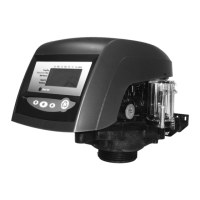
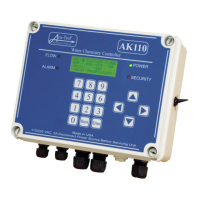


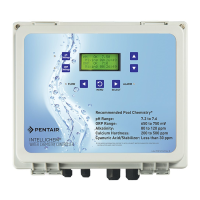

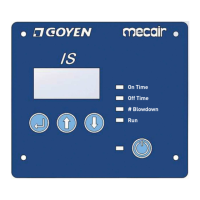
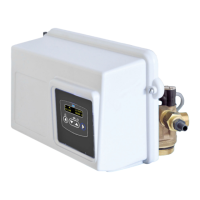
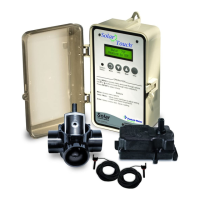
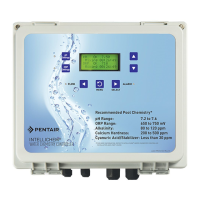
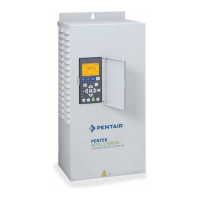
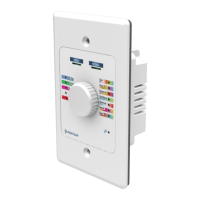
